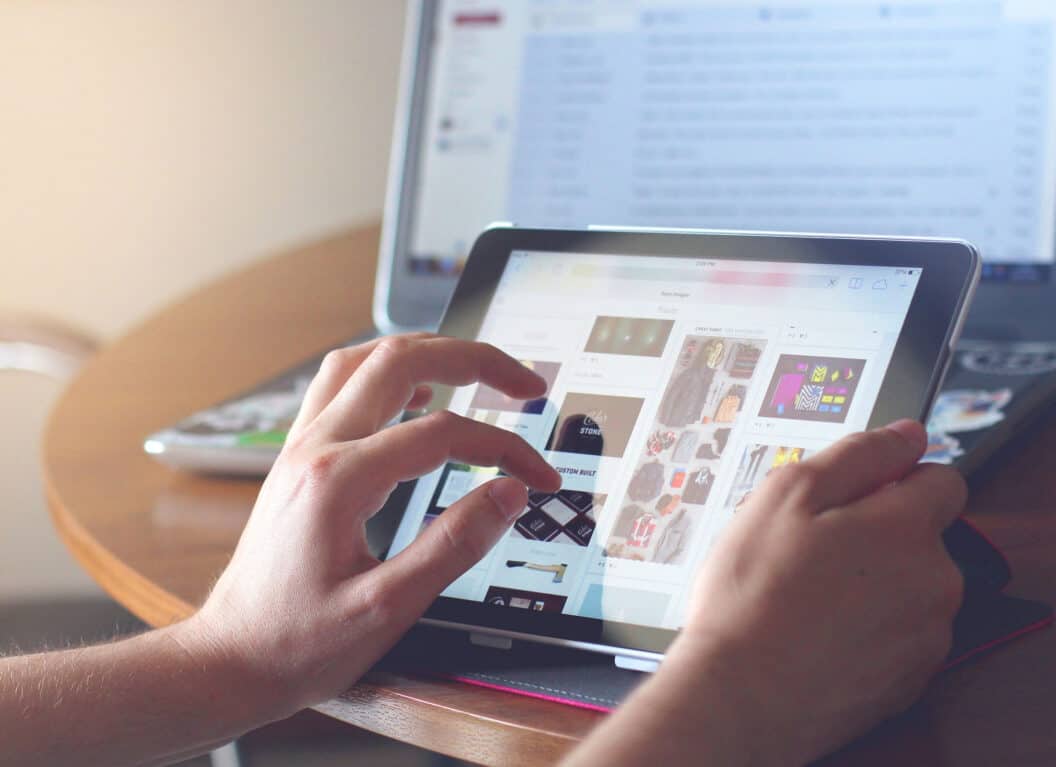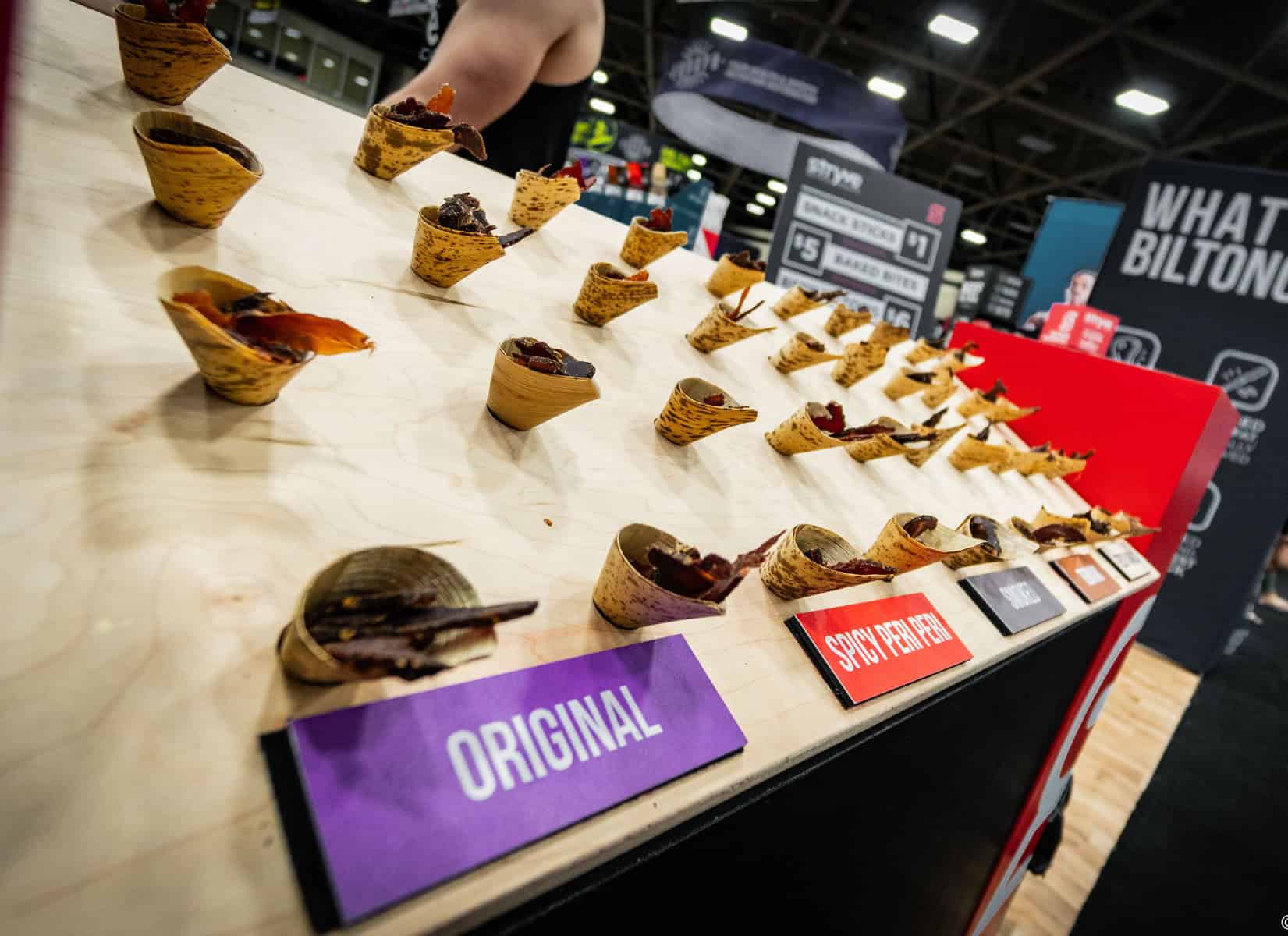
Ecommerce has had a tremendous impact on retailers. This can’t be denied, nor can the fact that ecommerce will continue to impact retail for years – decades – to come.
However, it is critical to note that in 2018, according to Digital Commerce 360, more than $3.1 trillion ($3,103,000,000,000) of in-store purchases were made. Compare that to the more than $500 billion ($517,360,000,000) in ecommerce sales. The data shows that more than one in every six purchases occurs in a store.
Again, this is to acknowledge the impact or importance of e-commerce. It is growing, up more than $50 billion from 2017, and some of those in-store sales are due to industries proving to be ecommerce-resilient, like auto dealers and grocery stores.

Still, a brick-and-mortar location remains a place where sales are made. Since one of the significant benefits of ecommerce is that it is easy, it is incumbent for retailers to make it as simple as possible for shoppers to find and purchase goods at their locations. It is also necessary to stay aware of technological advancements and shifts in consumer interest that will impact the point-of-purchase.
You can capitalize on four trends to appeal to the modern consumer and maintain your store’s relevance in this rocky retail world.
Highlight the Store’s Center
This center of the store has always been the heart of any retail environment. People naturally gravitate toward the middle. It’s why health experts tell people to shop the perimeter of grocery stores and avoid the aisles because all the yummy stuff that’s bad for you is in the aisles while the fresh, healthy stuff is kept to the sides.
For many retail environments, the heart of the store is used to promote the items that have proven to be most vulnerable to online shopping m– which is why retailers are doubling down on the center of stores, making them more attritive and friendly to shoppers.
This will be achieved through new features, enhanced lighting, and innovative signage. The goal will be to make customers feel comfortable in the store so they want to spend time learning about the featured products. So, instead of barren walkways, aisles will become places of engagement, and shelves will transition from merely a product repository to a featured role in the promotional effort.
It’s even likely that products traditionally found along the perimeters of stores will find their way to the center as retailers attempt to direct traffic to the heart of the shop.
If you have recently been to a Super Target, you have witnessed an example of this trend firsthand. Last year, the retail giant renovated many of its stores. This renovation included widening the center aisle separating the grocery area from the household products. Once completed, a new endcap display appeared. Designed to look like a giant shopping basket, the displays – used to promote various trending or sales products – are on wheels, so they can be easily repositioned as needed.
Increase Technology to Enhance Customer Experience
Consumers love their devices. So, it’s only natural that technology can play an essential role in encouraging in-store purchasing.
Retailers can enhance the customer experience by offering touchscreen kiosks to help shoppers learn about, locate, and purchase products. Emerging technologies, like facial recognition, will boost customer personalization efforts. This tech, combined with mobile interactivity, in-store messaging, and digital coupons, will help transform in-store promotions from broad, scattershot efforts to laser-fine, personalized campaigns.

In addition, all of this technology includes the benefit of gathering valuable data about your shoppers. The result will be an unprecedented shopping experience that is carefully constructed to deliver ROI.
For example, stores like Sephora and Neiman Marcus already have branches equipped with mirrors that let you take 360-degree videos as you try new makeup, glasses, and other wares so you can compare different options side-by-side. The mirrors even provide feedback.
The dressing room is getting an upgrade, too. At Rebecca Minkoff, mirrors with an interactive touchscreen enable shoppers to have products sent to their dressing rooms. These exact mirrors can also change the clothing color so you can see how different colors look on you.
Utilize Micro-Concepts: Smaller Footprints with Bigger Use
In the past, you could walk into a retail chain store, and it would seem to stretch for miles. For example, Payless ShoeSource always felt stacked with a maze-like collection of aisles of boxes and rows of shoes. Unfortunately for Payless and several other retailers, this model does not fit in today’s environment.
Today, many retailers are opening locations much smaller than their previous stores. But these are not paired down concepts, i.e., the same store, just smaller and with less. These are entirely new offerings that take what the brand is known for and approach it differently. It is a reworking built from the ground up.
In many ways, smaller stores have to “work” harder than larger ones because there is less room for error. In a smaller space, everything needs to be carefully considered: the signage, promotions, product placement, etc. all must be handled with purpose and intent.
One example is Nordstrom Local (although it is not the only one; Target, Sephora, and Ikea have also announced that they will be opening smaller stores). Nordstrom Local does not carry shoes, clothing, cosmetics, or accessories – any items typically found in a Nordstrom. Instead, the small store focuses on manicures, style advice, and tailoring services. The store also offers cocktails to supplement all of these.
With the smaller footprint, Nordstrom wanted to deliver something other than a watered-down version of the larger store. If people wanted that, they would just go to a traditional Nordstrom. Instead, the retailer provided something fresh that still “feels” like a Nordstrom.
Create Experiential Areas
The goal of any retail store is to get shoppers off the couch (away from their computers) and into the store. One way to encourage that is to give shoppers an experience the second they enter your store.
Technically, the idea of dividing a store into areas or categories is not revolutionary. It’s basically the way all stores are designed. But this is more than simply having an aisle dedicated to a group of products. This is literally a store within a store, where consumers can head to dedicated areas to interact with salespeople knowledgeable about specific merchandise.

Although any product line can be showcased in this manner, popular categories include beauty, wellness, organics, pet care, coffee, and alcoholic beverages. Also, if you don’t feel that you have the resources to commit to creating a specialized product area, you can partner with a retailer that does. For example, online beauty retailer Birchbox recently partnered with Walgreens to open “stores” within specific locations across the country.
It’s a deal where both retailers benefit. Birchbox benefits from the foot traffic that Walgreens generates daily — while Walgreens will now be able to offer shoppers a fully curated beauty shopping experience.
As trends evolve, retailers must remain ahead of the game. For some tips to ensure your in-store environment remains an engaging destination for consumers, give The Trade Group a call at 800-343-2005.
Photo credit: Pexels



